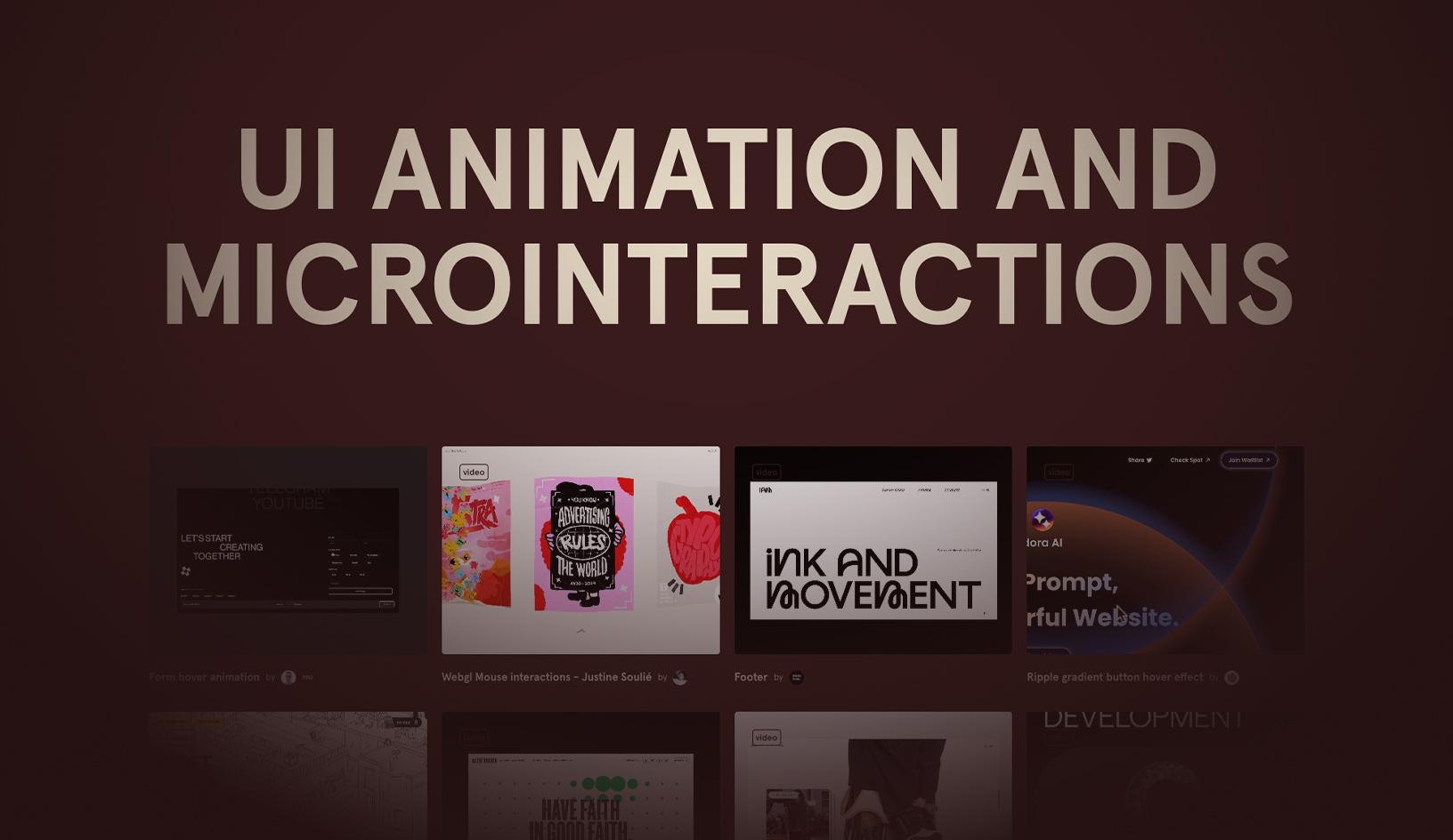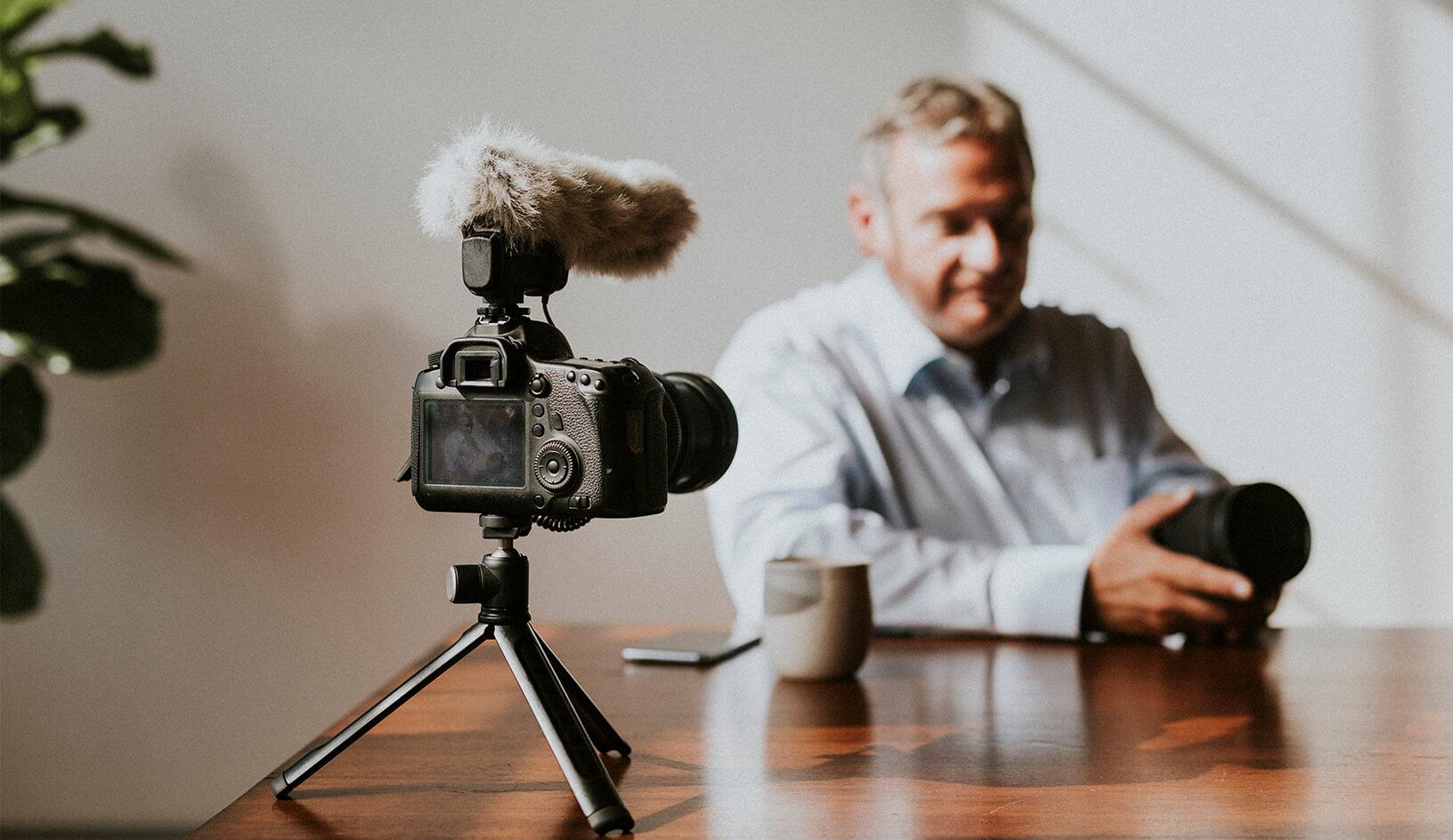Enhancing User Engagement: The Power of Motion Graphics in Web Design

In today’s digital landscape, creating a captivating and immersive user experience is essential for the success of any website. One effective way to achieve this is by incorporating motion graphics into web design.
Motion graphics, the art of bringing static elements to life through animation, can greatly enhance user engagement and leave a lasting impact. In this blog post, we will explore the benefits and best practices of integrating motion graphics into web design, and how it can elevate the overall user experience.
The Psychology of Motion
Motion is a powerful tool that captures attention and elicits emotional responses.
Research has shown that motion graphics can significantly enhance user engagement and improve the overall user experience. Here are some key insights into the psychology of motion:
Guiding Attention
Motion graphics can effectively guide user attention by directing focus to specific elements on a webpage.
When strategically implemented, they can improve the user experience by drawing attention to key information and interactive elements. Here are some ways motion graphics can help guide attention:
- Animated Call-to-Action Buttons
Call-to-action (CTA) buttons are essential elements on a webpage that encourage users to take a desired action, such as making a purchase or signing up for a newsletter. By adding motion to these buttons, such as a subtle bounce effect or a color change on hover, designers can make them more visually prominent and enticing. This draws users’ eyes to the CTA, increasing the likelihood of engagement. - Highlighting Important Content
Motion graphics can be used to highlight important content, such as headlines, product features, or special offers. For instance, a website promoting a new product release might use an animated arrow or spotlight effect to draw attention to the key features of the product. By animating the content, designers can create visual cues that guide users’ attention and encourage them to explore further. - Directional Cues
Motion graphics can also serve as directional cues, guiding users through the website’s interface and helping them navigate effortlessly. For example, animated arrows or scroll indicators can indicate the presence of additional content below the fold, encouraging users to scroll down and discover more. Similarly, animations that simulate a swipe or slide gesture can prompt users to explore content in a specific direction. - Visual Hierarchy
Motion graphics can be used to establish a visual hierarchy on a webpage, indicating the relative importance of different elements. By animating more critical elements with more pronounced and eye-catching motion effects, designers can prioritize them for the user’s attention. This technique helps users quickly understand the most relevant information and navigate the website more efficiently.
By strategically incorporating motion graphics to guide attention, web designers can improve the overall user experience and ensure that users focus on the most important aspects of the website.
Careful consideration of animation techniques, timing, and placement can help create a seamless and engaging user journey, ultimately leading to higher engagement and conversion rates.
Emotional Connection
Motion graphics have the ability to evoke emotional responses in users.
By incorporating smooth transitions and visually appealing animations, web designers can create a more immersive and emotionally engaging experience. For example, an e-commerce website selling handmade jewelry could use motion graphics to showcase the intricate craftsmanship behind each piece. By animating the process of handcrafting the jewelry, from molding metal to setting gemstones, the website creates an emotional connection with users by highlighting the artistry and dedication that goes into creating each unique piece. This emotional connection can increase user engagement and lead to a stronger connection with the brand.
Storytelling
Motion graphics can be a powerful storytelling tool, allowing designers to communicate complex ideas and narratives in a visually compelling way.
By animating characters, objects, or illustrations, websites can create interactive and memorable experiences for users.
For example, consider a website for a travel agency that specializes in adventure tourism. To convey the excitement and thrill of their destinations, the website could incorporate motion graphics that showcase animated sequences of travelers engaging in various adventurous activities, such as hiking, surfing, or paragliding. The animations could capture the breathtaking landscapes, the adrenaline rush of the activities, and the joyful expressions on the faces of the travelers.
Through these dynamic and immersive storytelling animations, the website not only informs users about the destinations and activities but also stirs their wanderlust and desire for adventure. Users can be taken on a virtual journey that ignites their imagination and motivates them to book their next adventure.
The animation could also include interactive elements, allowing users to explore different destinations, learn more about specific activities, and even share their own travel stories. By incorporating motion graphics in this way, the website transforms into a captivating storytelling experience that inspires users to embark on their own adventures.
Communicating with Motion
Motion graphics have the unique ability to enhance communication by conveying information and messages more effectively.
Here are some ways motion graphics can be used to communicate with users:
Visualizing Data
Motion graphics can help users understand and interpret data more easily.
By animating charts, graphs, and infographics, designers can make complex data sets more approachable and visually appealing. For instance, a finance website may use animated charts to illustrate stock market trends, making the information more accessible and engaging for users.
Demonstrating Interactions
Motion graphics can be used to demonstrate how users can interact with a website or application.
By animating user interface elements, designers can showcase the functionality of specific features. For example, a food delivery app may use motion graphics to demonstrate the process of ordering food, from selecting items to tracking delivery status, making it easier for users to understand and navigate the app.
Adding Delightful Micro-interactions
Micro-interactions are subtle, interactive elements that enhance the user experience by providing immediate feedback and creating a sense of delight.
These small animations and effects can make a significant impact on user engagement and satisfaction. Here are a few examples of how micro-interactions can be incorporated into web design:
- Button Animations
Micro-interactions can be used to bring buttons to life and make them more engaging. For instance, when a user hovers over a button, a subtle animation can be triggered, such as a change in color, a slight bounce effect, or a playful icon transformation. These small visual cues provide feedback to users, indicating that the button is interactive and ready for action. - Loading Indicators
Loading indicators are essential for keeping users informed and engaged during wait times. Instead of displaying a static loading icon, consider adding a subtle animation that provides visual interest and reassures users that the website is actively working. For example, a spinning animation with a creative twist, such as a playful character or a unique visual element, can make the waiting experience more enjoyable and entertaining. - Interactive Cards or Tiles
Micro-interactions can be used to make card-based or tile-based layouts more interactive and engaging. When a user hovers over a card or tile, it can expand, flip, or reveal additional content, providing a sense of depth and interactivity. These micro-interactions create a sense of curiosity and encourage users to explore further, leading to a more immersive and enjoyable browsing experience.
Data and research support the effectiveness of micro-interactions in enhancing user engagement.
According to a study conducted by the Nielsen Norman Group, micro-interactions that provide immediate feedback and visual cues can improve user satisfaction and reduce cognitive load. Users appreciate these subtle animations and find them more engaging and enjoyable, leading to longer session durations and increased conversions.
Conclusion
In conclusion, incorporating motion graphics into web design can significantly enhance user engagement and create memorable experiences.
By strategically guiding attention, evoking emotions, telling stories, and communicating effectively, motion graphics elevate the overall user experience. When used thoughtfully and in line with the brand’s identity, motion graphics can transform a website into an engaging and immersive digital journey for users. Stay tuned for our next blog post, where we will explore more exciting trends and strategies in the world of web design.


